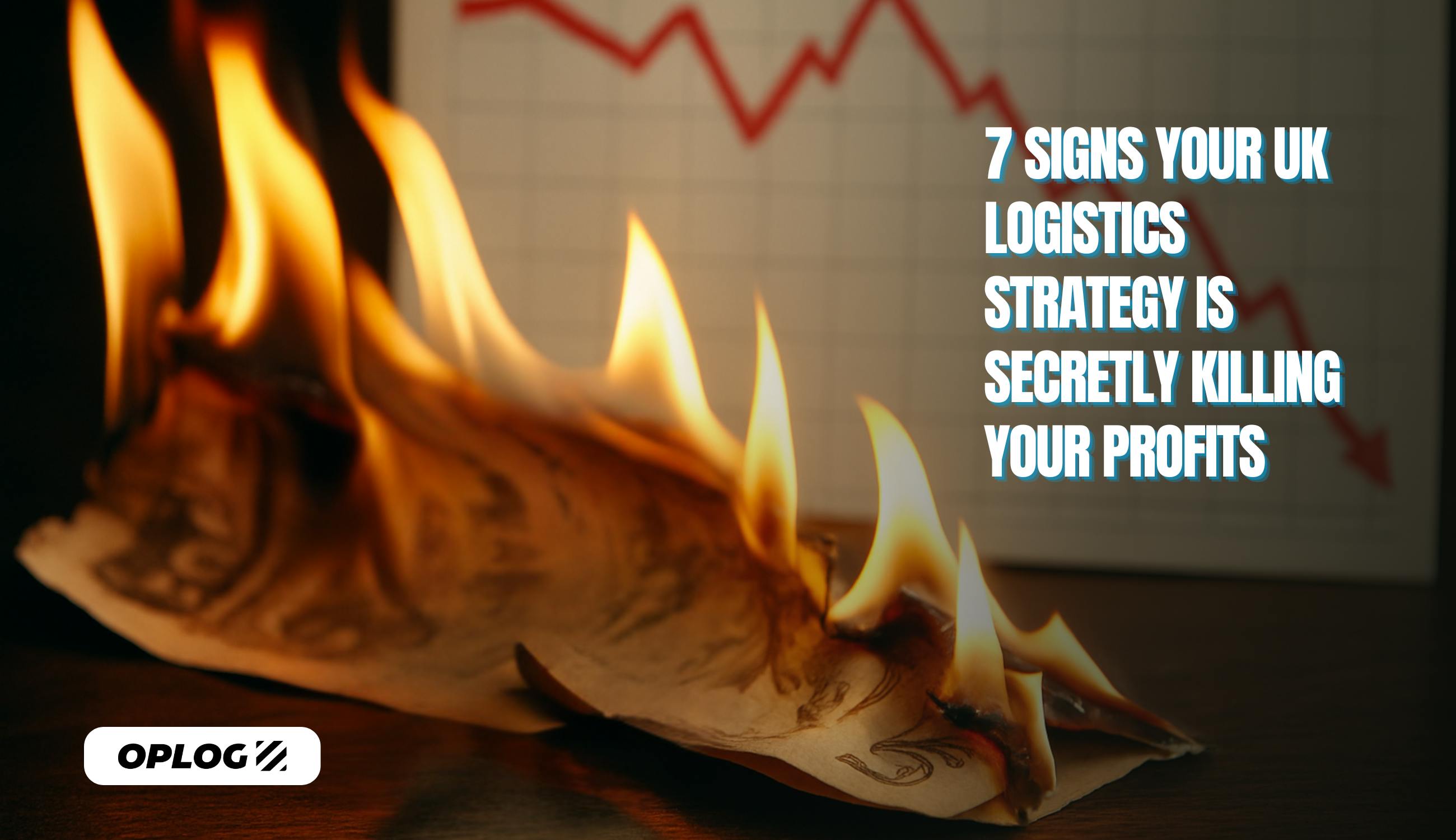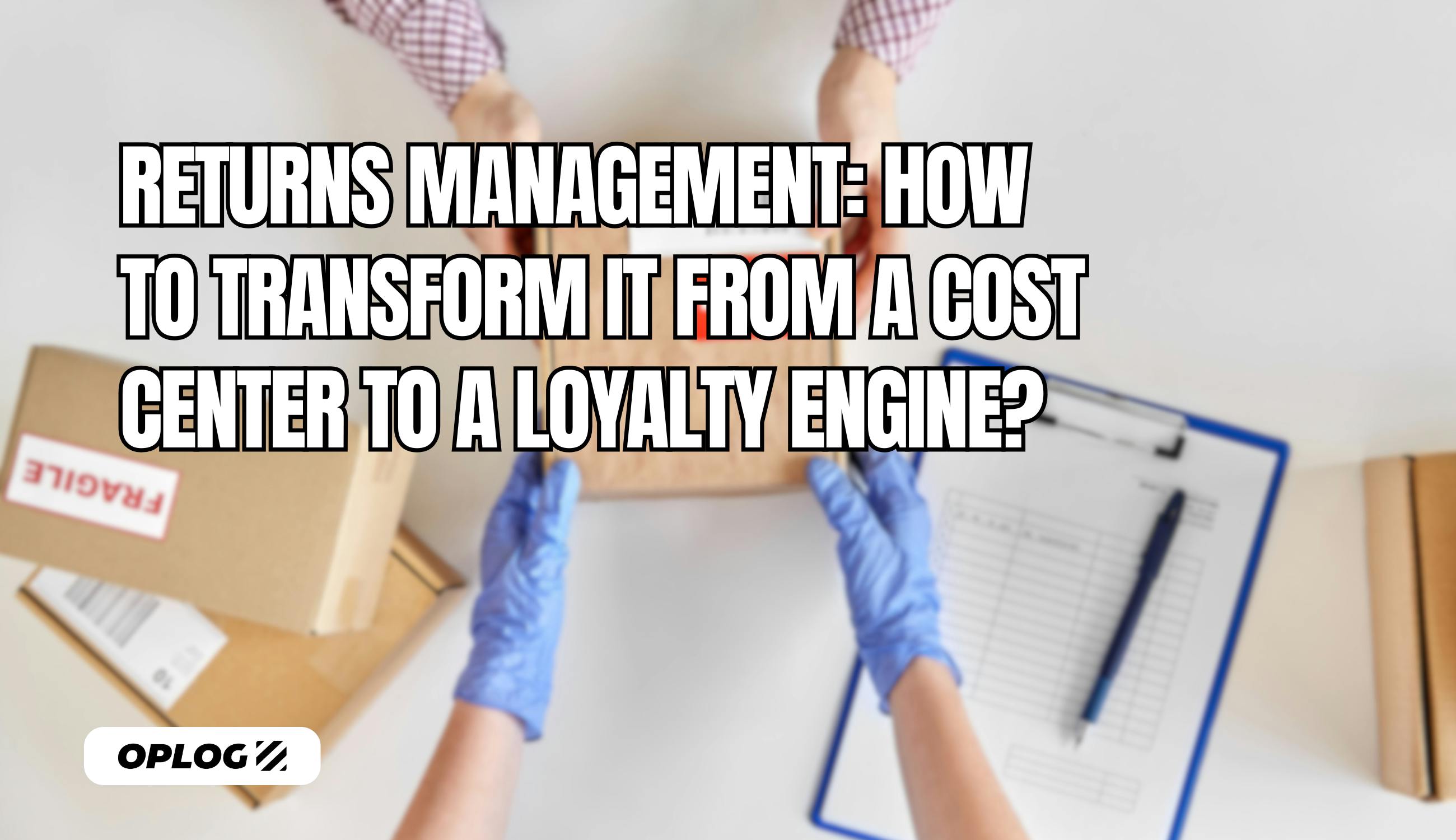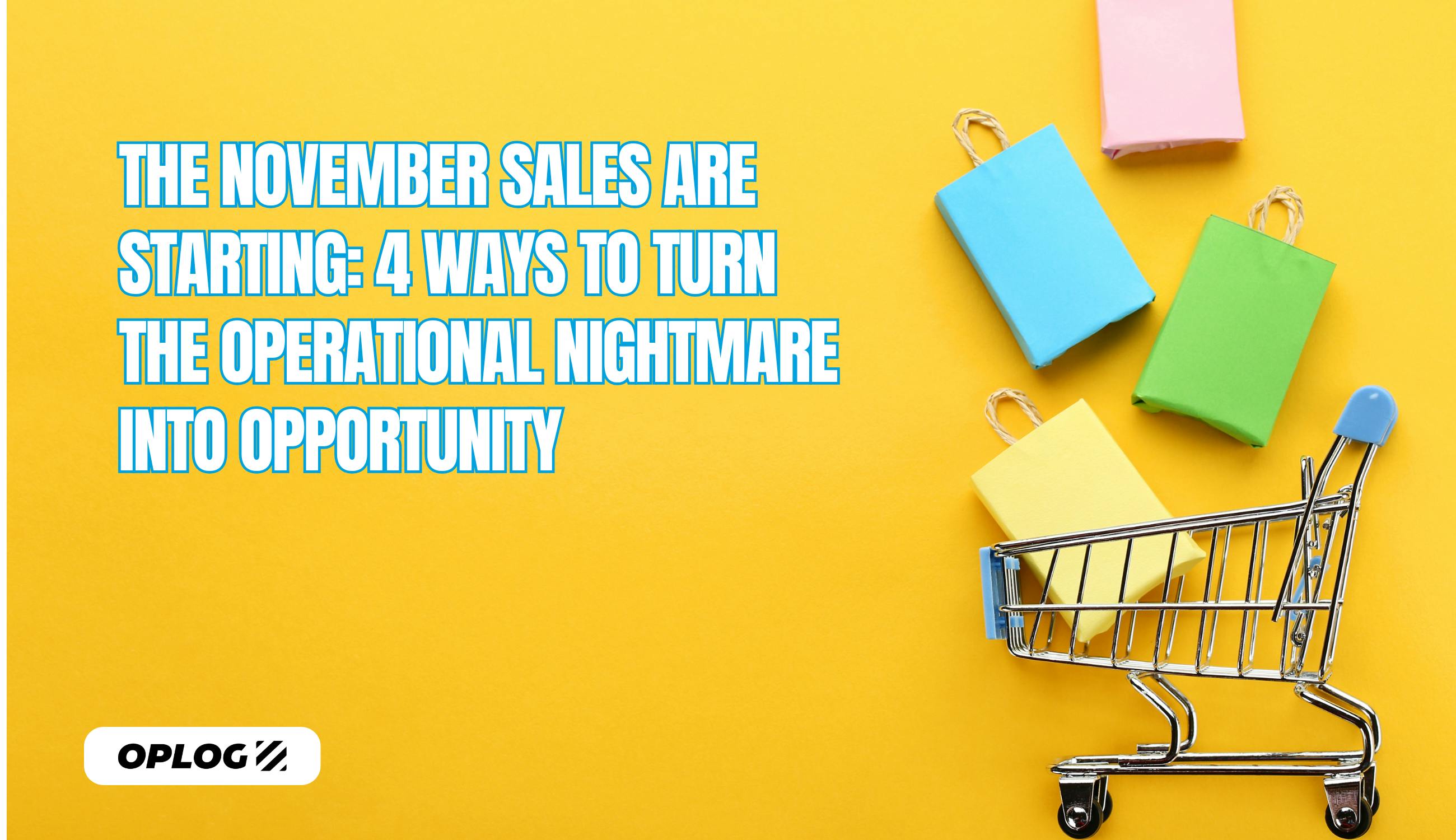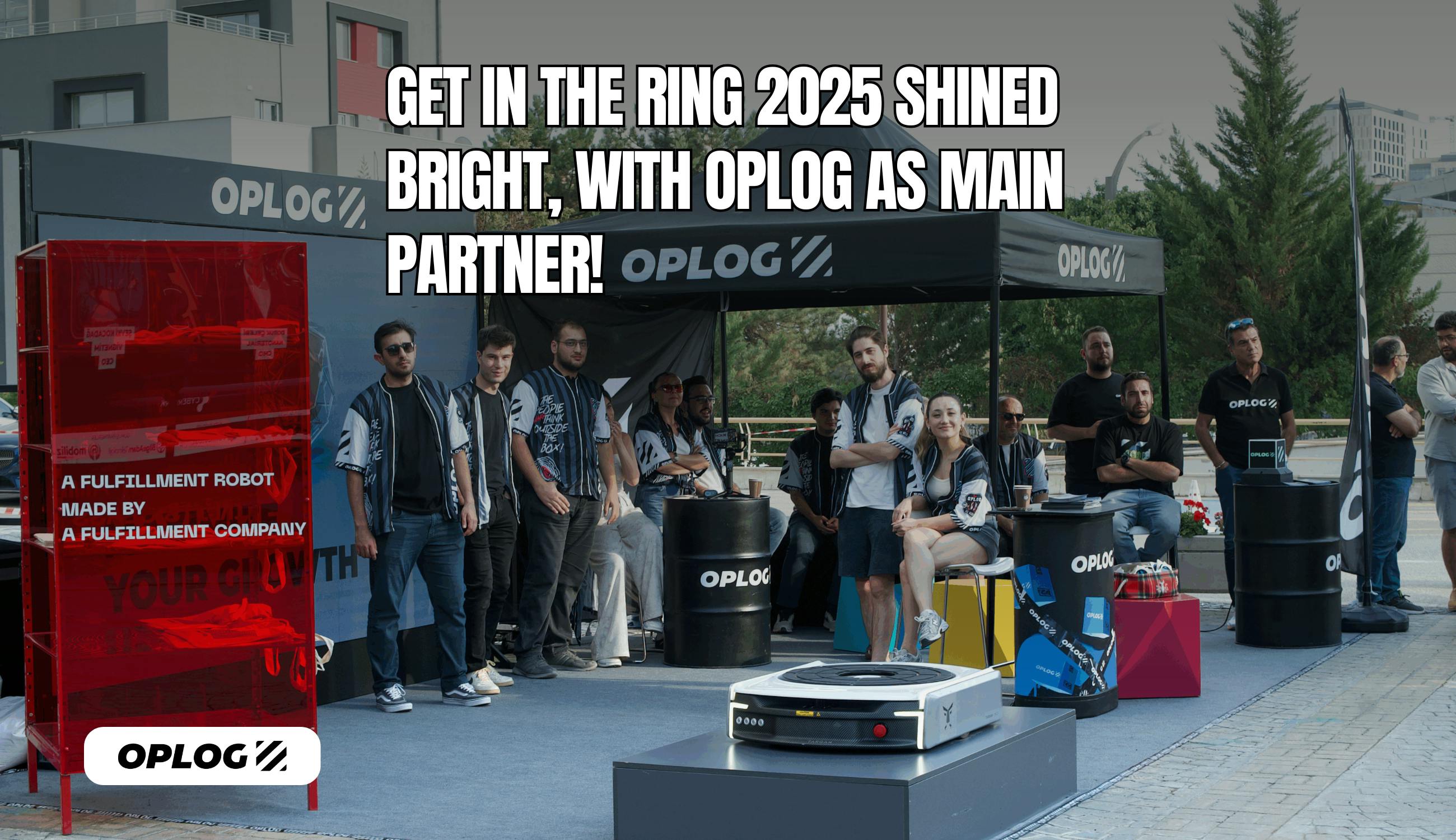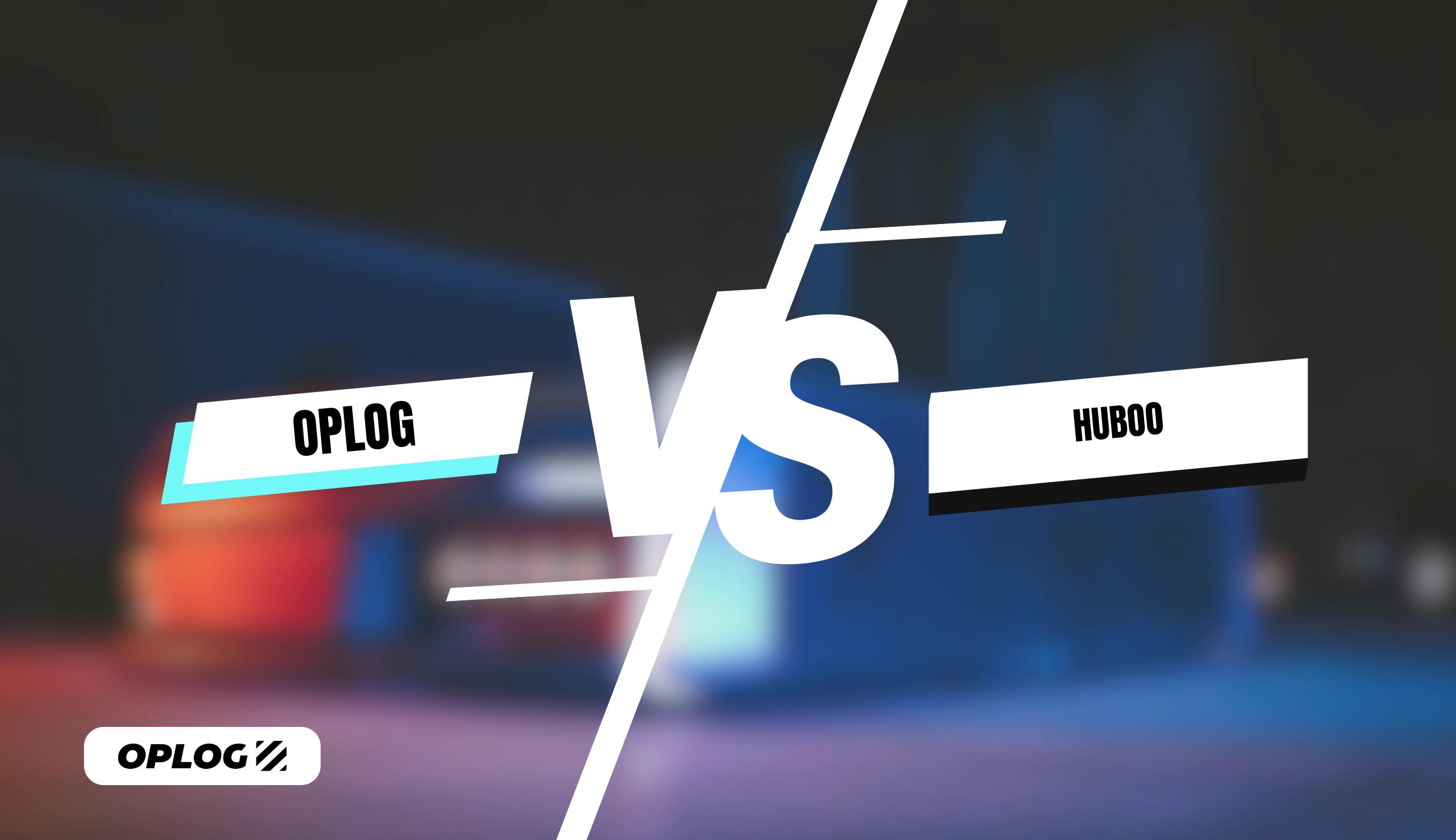For most business owners, the focus is on the exciting stuff: designing great products, building a memorable brand, and watching the sales roll in. Logistics, on the other hand, is often treated as a simple cost of doing business—an engine that just needs to keep running in the background. But its performance is directly tied to customer loyalty and repeat business.
But what if that engine is inefficient? What if it's leaking oil, burning too much fuel, and silently draining the resources you need to grow?
The uncomfortable truth is that for many UK businesses, their logistics strategy isn't a growth enabler; it's a hidden profit killer. Research suggests a staggering 73% of companies using traditional third-party logistics (3PL) are unknowingly losing 15-40% of their potential profits. The damage isn't coming from obvious events like theft or shipping errors, but from invisible inefficiencies disguised as "industry standards."
If you run a business in the UK, it’s time for an honest check-up. If three or more of the following signs feel painfully familiar, your logistics could be costing you thousands every month.
1. You're Paying for Orders You Didn't Ship
Your sales have natural peaks and valleys. A quiet January, a summer lull, a frantic Black Friday. It's the normal rhythm of commerce. So why is your logistics bill a flat, predictable line? Many traditional 3PL contracts lock you into a "minimum volume" prison, demanding a fixed fee of, say, £2,500 per month, whether you ship 5,000 orders or 500. During your slow months, you are literally paying for a service you aren't using. This is the core principle behind modern fulfillment networks like OPLOG, which operate on a true pay-as-you-go model, ensuring your costs scale directly with your revenue and eliminating wasted spend on minimum fees.
2. Your "Dedicated" Warehouse Sits Half-Empty
The idea of a dedicated warehouse space sounds great—it’s all yours. But is it? Take a look at your utilization rates. For most businesses, that space is only fully used during the intense peak season, maybe 3-4 months out of the year. For the other 8-9 months, you're paying rent, rates, and utilities for empty shelves. Logistics platforms such as OPLOG solve this through a 'customer-agnostic' shared network, where your peak season is dynamically balanced against another company's quiet period. This drives down costs for everyone, and you only pay for the space you actively use.
3. Manual Errors Are a "Hidden Tax" on Every Order
No matter how good your team is, manual picking and packing will always involve human error. The cost of these picking errors is significant. A 3% error rate—a common figure for manual operations—means 300 mistakes for every 10,000 orders. This is where technology-first 3PLs make a significant impact. OPLOG, for instance, utilizes its proprietary AI-robotics platform, TARQAN, to drive accuracy rates to 99.9% and turn a major cost center into a reliable, efficient asset.
4. The Brexit Bottleneck Is Strangling Your EU Sales
For UK businesses with a European customer base, the post-Brexit world has introduced a painful layer of complexity. Trying to serve EU customers from UK stock means navigating a minefield of customs declarations, VAT handling, and frustrating delivery delays. The strategic answer is a multi-market presence. This is precisely why providers like OPLOG operate fulfillment centers in both the UK and mainland Europe (Germany), allowing businesses to hold inventory in multiple markets under a single, unified platform and serve all customers locally.
5. Peak Season Is a State of Annual Panic, Not Profit
Black Friday. Christmas. For many e-commerce managers, these words bring a mix of excitement and dread. A cycle of hiring expensive temps and authorizing massive overtime erodes your margins. A truly scalable logistics partner absorbs these peaks without the chaos. The combination of robotic automation from OPLOG, which works 24/7 without overtime, and the flexible capacity of its shared network means that a 300% increase in order volume is handled with the same efficiency as a regular Tuesday.
6. Your "Cheap" 3PL Quote Was Too Good to Be True
You were sold on an attractive, low per-order rate. But when the monthly invoice arrives, it's full of hidden charges for receiving, special handling, and account management. Suddenly, that "£2 per order" quote is actually closer to £4.80. An honest partner provides a clear cost structure. This philosophy of transparent, all-inclusive pricing is a cornerstone for modern partners like OPLOG, eliminating the invoice shock that plagues so many businesses.
7. You're Flying Blind with No Real-Time Data
How quickly can you get a precise, live count of your best-selling product? If you have to wait for an end-of-day report, you're making critical business decisions with outdated information, leading to stockouts and overstocking. This is why OPLOG provides its clients with a real-time intelligence dashboard, giving them live inventory levels, predictive analytics, and complete order visibility to make informed decisions instantly.
From Cost Centre to Strategic Asset
Ultimately, these seven signs all point to a single, fundamental truth: your logistics should not be a passive cost centre you constantly fight against. It should be a dynamic, intelligent, and flexible asset that actively contributes to your profitability and customer satisfaction. Ignoring these warning signs is no longer an option in today's competitive market. The real question isn't whether you can afford to re-evaluate your logistics strategy—it's whether you can afford not to.
Conclusion: Stop Adapting to Problems, Start Expecting Solutions
If you recognized your business in three or more of these signs, the conclusion is simple: you are actively losing profit to an outdated logistics model. The good news is that you no longer have to.
The frustrations of minimum fees, warehouse inefficiencies, and manual errors are not "the cost of doing business"—they are the cost of choosing the wrong partner. At OPLOG, we built our technology-driven network to solve these exact problems. It’s time to stop paying for services you don’t use and start partnering with a fulfillment provider that scales with your success. The question isn't whether your logistics can be better; it's how much longer you can afford to wait.
